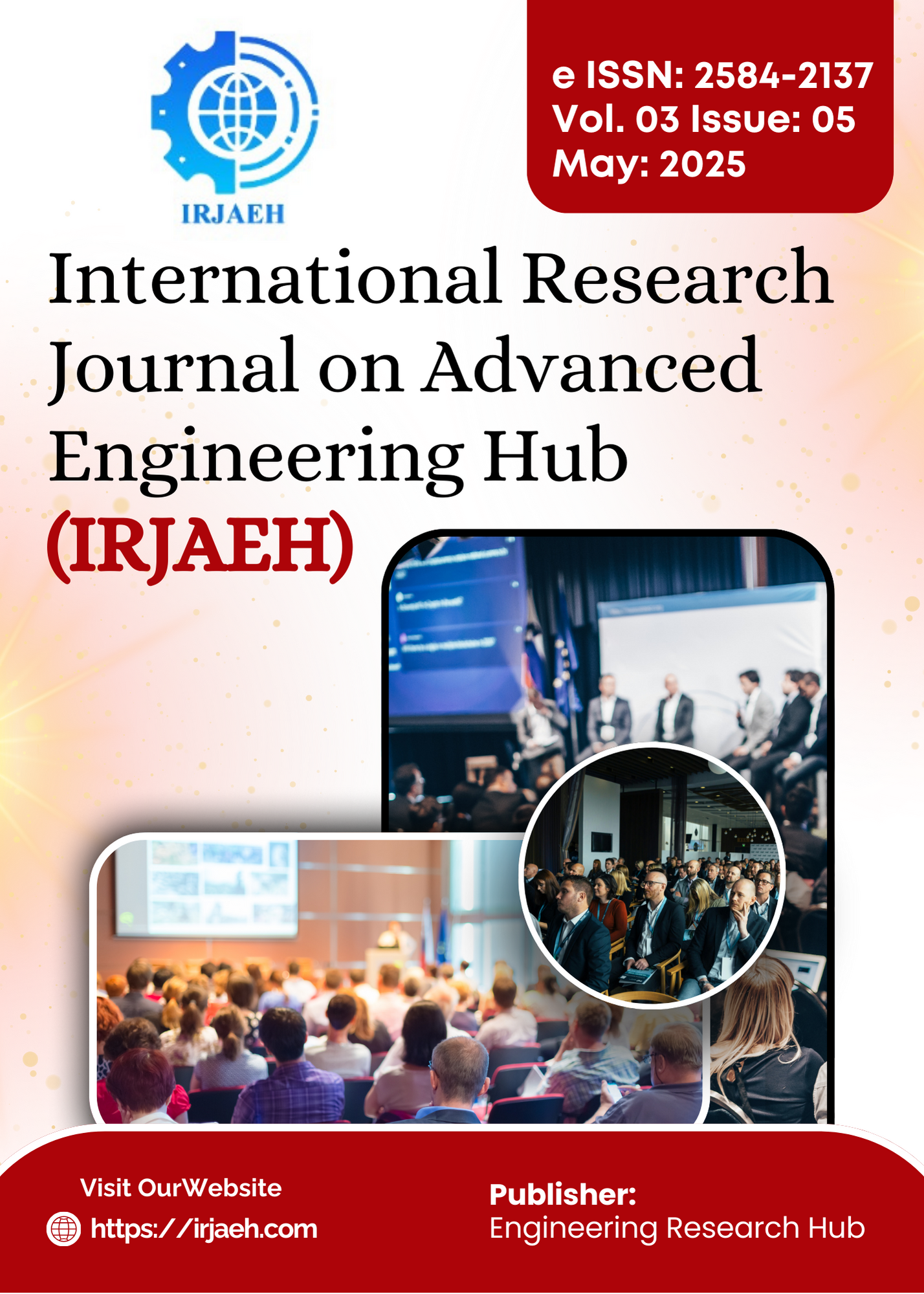Dual Pathways to Success: Combining Upskilling and Reskilling for Self- efficacy and Career Development
DOI:
https://doi.org/10.47392/IRJAEH.2025.0338Keywords:
Upskilling, Reskilling, Career development, Employee EngagementAbstract
The traditional linear career trajectory has become all but outdated with the ever-quickening pace of technological progress and the changing market demand. In view of this, this paper advances the "Dual Pathways to Success" concept, through which upskilling and reskilling become complementary strategies in career development. Upskilling enhances the skill set currently possessed by an individual to gain more expertise and adapt to new tools or processes in their current job. In contrast, reskilling provides people with completely different sets of skills, empowering them for role or sectoral change. The dual-pathway approach realizes that in today's very dynamic job market, there needs to be more than a one-size-fits-all strategy. Upskilling and reskilling taken together provide a more holistic framework for career development, which would help employees not only in their immediate roles but also equip them with the versatility to succeed in future roles, avoiding skill obsolescence and preparing the workforce for emerging opportunities. The paper discusses strategic ways in which upskilling and reskilling would benefit the culture of learning by the organization in creating a continuous learning and adaptive workforce. The critical elements addressed in this research are about the aspects that make implementation successful, including the involvement of technology in personalized learning and partnership with educational institutions, together with the role of leadership in driving upskilling and reskilling culture. It further reviews the impacts of such strategies on worker engagement, retention, and overall organizational performance. Case studies from leading companies that have already adopted dual pathways effectively are considered to add real-world insight into best practice and common challenges. It concludes with a roadmap for the implementation of this dual approach in organizations, ensuring alignment of these initiatives with broader business objectives and workforce planning strategies. These two pathways of upskilling and reskilling are a rather robust approach that ensures that not only the employee but also the organization is staying competitive in this ever-changing landscape.
Downloads
Downloads
Published
Issue
Section
License
Copyright (c) 2025 International Research Journal on Advanced Engineering Hub (IRJAEH)

This work is licensed under a Creative Commons Attribution-NonCommercial 4.0 International License.

 .
. 